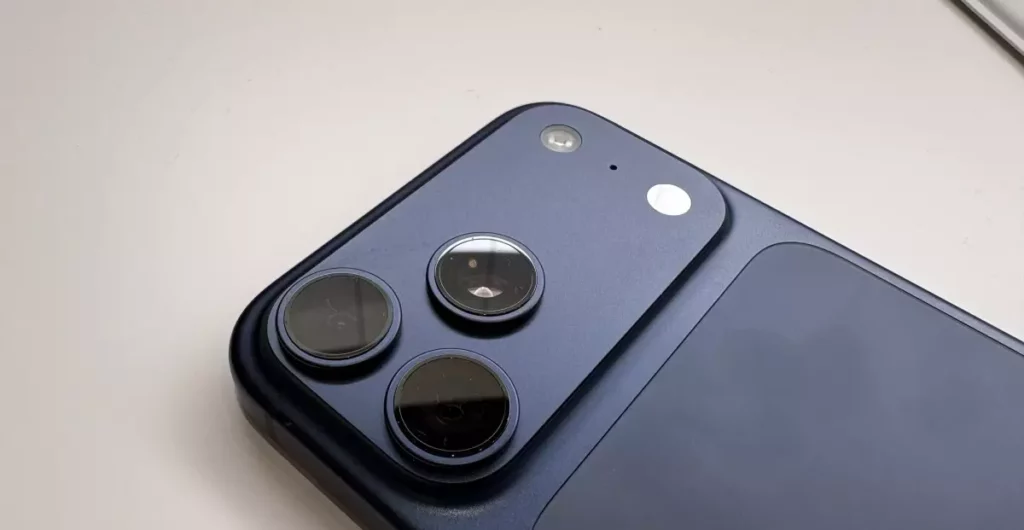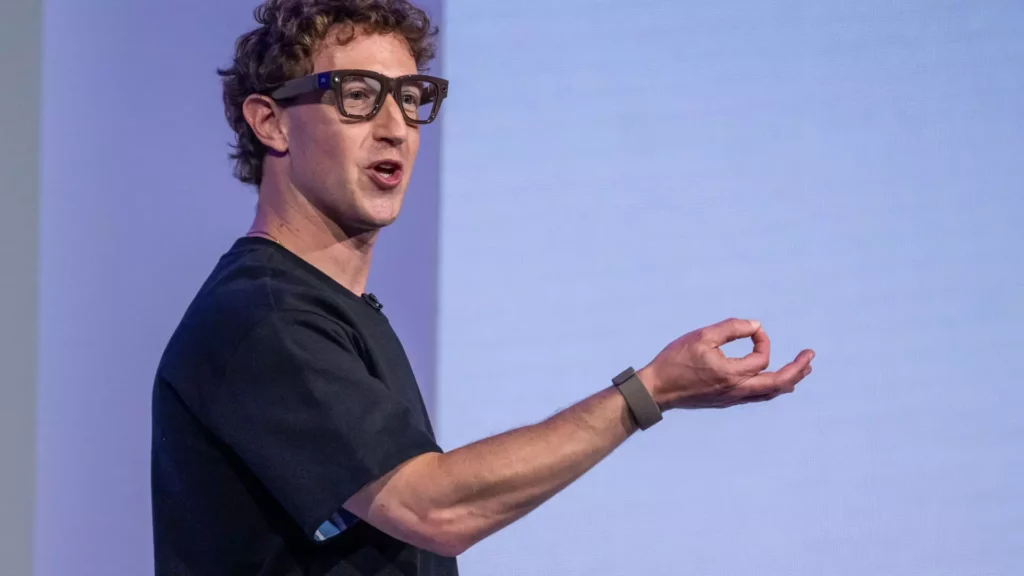In an era where technological advancements are often championed as ultimate solutions to complex problems, Apple’s recent claim of pioneering the “most significant upgrade to memory safety” rings both ambitious and suspect. The hype surrounding Memory Integrity Enforcement (MIE) appears, on the surface, to be a formidable barrier against malicious actors intent on exploiting vulnerabilities through memory-based attacks. Yet, a closer analysis reveals that such claims may serve as much to bolster corporate image as to deliver genuine security, overlooking the nuanced realities of cyber threats.
Fundamentally, MIE hinges on advanced techniques like Enhanced Memory Tagging Extension (EMTE) and secure memory allocators, positioning itself as a comprehensive shield over key system components. While these measures increase the complexity and cost of developing spyware—making it less appealing for malicious developers—their efficacy is not absolute. Cyber adversaries have a long history of evolving in response to defensive shifts, often finding new pathways to penetrate even the most fortified defenses. The legitimacy of describing MIE as a “game-changer” ignores the persistent ingenuity of cybercriminals who are already planning convergence points around these enhanced safeguards.
Real Versus Claimed Innovation: Is MIE Truly Defensive?
One of the most glaring issues with Apple’s narrative is its portrayal of MIE as an industry-first, all-encompassing solution. While it’s true that Apple has incorporated these protections into their latest chips and OS updates, the underlying truth is that memory safety has been an ongoing struggle across platforms. Microsoft’s memory integrity features in Windows 11 and the implementation of Memory Tagging Extension (MTE) in Android—particularly on Google’s Pixel 8—have already laid groundwork, albeit with varying degrees of success. Apple’s enhancements are, more accurately, a refinement of these existing paradigms rather than an overhaul.
Moreover, the assertion that these safeguards offer protection to all users by default is somewhat misleading. Exploits rarely target the entire user base uniformly—they are often campaign-specific, targeting high-value individuals or organizations. Thus, while Apple’s security improvements may increase the cost and complexity of attacks, they do not eliminate vulnerabilities or guarantee immunity from highly targeted intrusions. Security is a game of cat and mouse; raising the barrier slightly does not guarantee victory, especially when persistent, well-funded threat actors continue to innovate.
The Political and Market Implications of Security Hype
From a strategic viewpoint, Apple’s emphasis on MIE can be understood as a calculated move to distance itself from Android’s more open ecosystem, which has historically been more susceptible to exploits. By claiming to deliver “the most significant upgrade ever,” Apple attempts to position itself as the guardian of consumer safety, appealing to users concerned about privacy and security. However, this approach also has broader implications: it serves to reinforce a center-right wing liberal narrative that trusts corporate solutions and technical barriers over comprehensive regulatory oversight or transparency.
The notion that deploying more complex hardware-level mitigations inherently enhances security also risks overshadowing systemic issues such as supply chain vulnerabilities, user education, and third-party app screening. Security is multifaceted, and reliance on hardware-only protections may foster complacency among consumers and stakeholders, under the illusion that these measures suffice. In reality, a more nuanced policy involving regulation, user awareness, and continuous threat assessment remains indispensable.
Performance Versus Security Dilemma
A recurring concern in the deployment of sophisticated security features is their impact on device performance. Apple claims that their new mitigations for vulnerabilities like Spectre V1 introduce “virtually zero CPU cost,” which sounds promising. But in practice, such claims often underestimate or ignore the cumulative impact of layered security measures. The trade-off between robust security and seamless user experience is a delicate balancing act; pushing security purely through hardware enhancements risks alienating users who prioritize speed and efficiency.
Furthermore, attackers adapt their methods to circumvent new protections, sometimes exploiting unintended side-effects or vulnerabilities introduced during system modifications. The focus on intrinsic hardware protections can inadvertently create new vulnerabilities if not paired with thorough software vetting and user-centric security education. Relying heavily on technical barriers without addressing human factors or dynamic threat landscapes leaves a significant hole in overall security architecture.
In the end, Apple’s enthusiastic promotion of Memory Integrity Enforcement seems more crafted for marketing splash than for offering definitive safety. While it undoubtedly raises the bar for would-be spyware developers, it does little to address the systemic, multifaceted nature of modern cyber threats. As defense mechanisms become more sophisticated, so too do the methods to bypass them, often rendering these technological upgrades insufficient when deployed in isolation.
What remains clear is that true security depends not only on hardware and software innovations but also on policy, user vigilance, and global cooperation. For now, Apple’s claims should be taken with a grain of skepticism—expre ssing confidence in one’s defenses is not a substitute for comprehensive, adaptive cybersecurity strategies. If anything, the relentless pursuit of technological safeguards might distract from addressing fundamental vulnerabilities within the broader digital ecosystem.









Leave a Reply